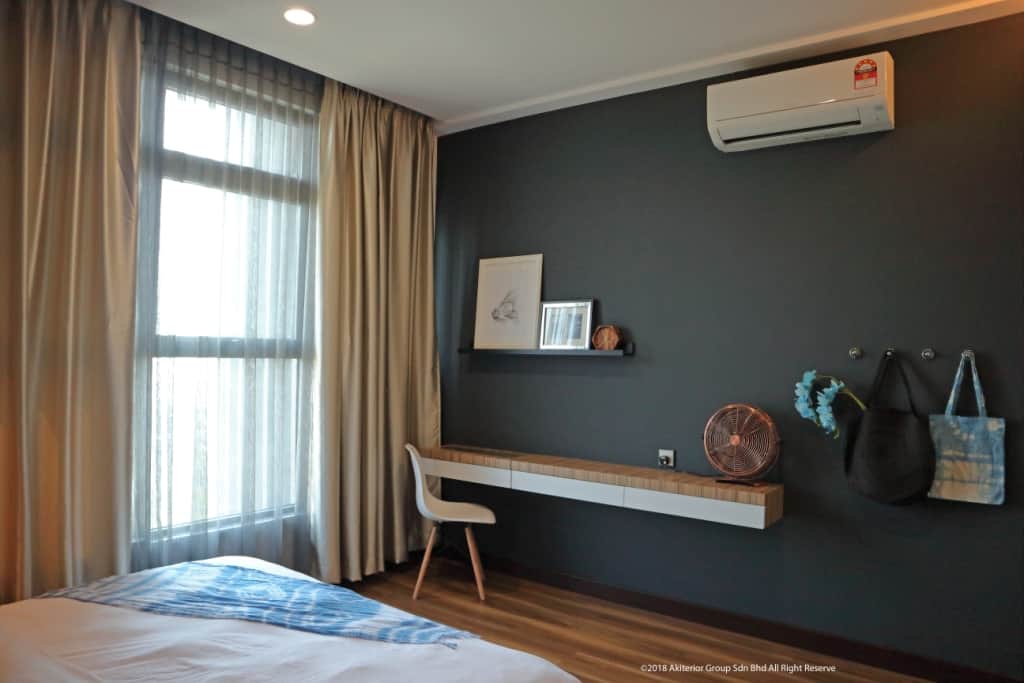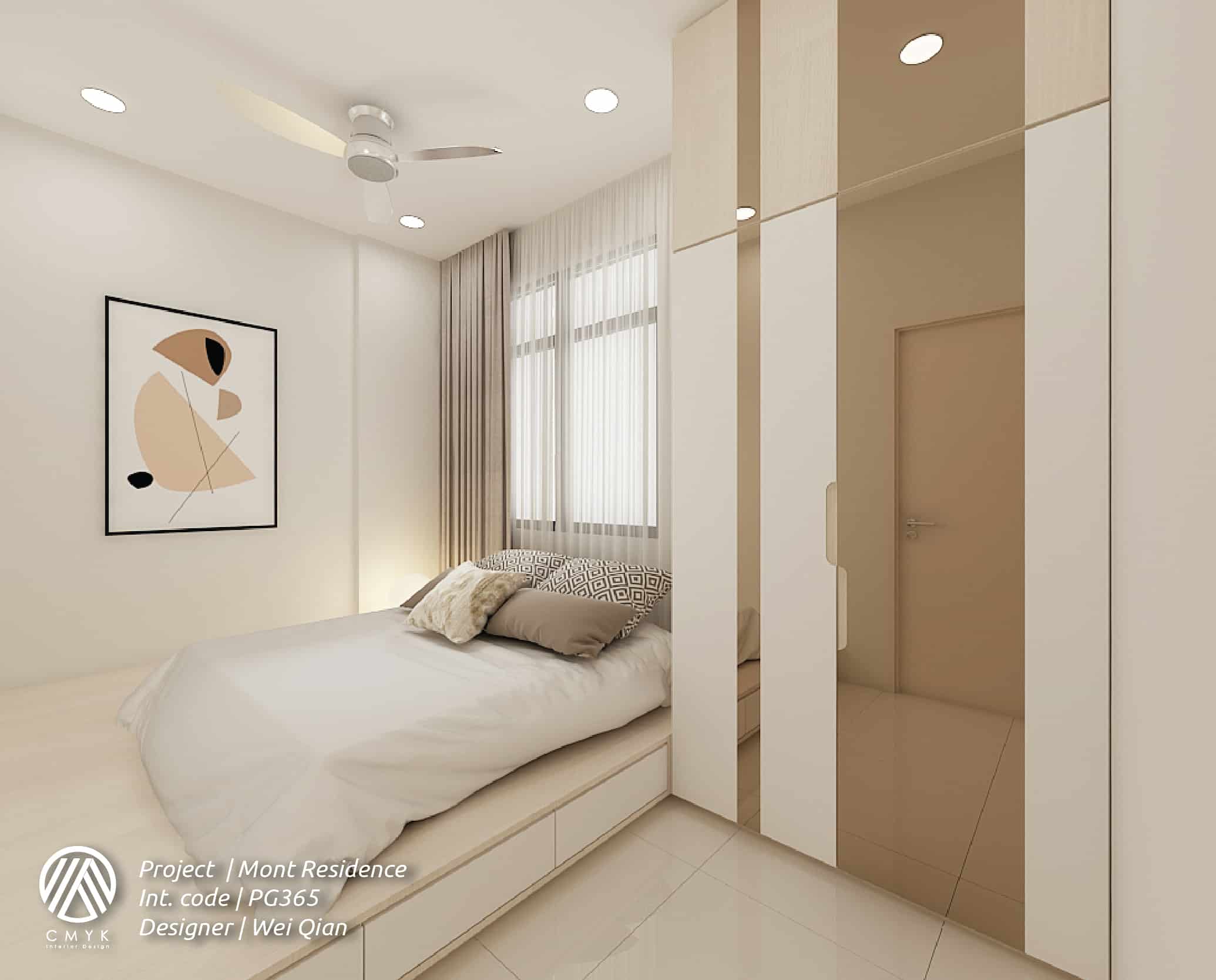Recommended Colours for Interior Design in Malaysia
by Adwords on July 19, 2021
Having a room with low square footage can make the occupants feel restrictive and uncomfortable. That is why, when it comes to furnishing small spaces, every detail matters.
You can learn how to make space seem larger with a few smart interior design-inspired techniques.
Colour schemes, furniture arrangement, mirror placement, and innovative lighting design can deceive the eye and make rooms seem much larger than they are.
Use these tricks to make a small room feel bigger.
Nothing makes a small space more cramped than having too much stuff in there. Organize collections behind doors, table skirts, or on shelves to keep them out of sight. Things will seem tidy and open in the visible area if they are properly organized and out of sight.
A small living room will seem crowded if furniture and accessories obstruct the view into it. You may open up the area and make it seem bigger by shifting furniture away from pathways.
Choose short pieces of furniture, such as an ottoman, an armless open chair, or a low table, and put big, tall items against a wall rather than in an open space. The room will seem bigger if you can see the floor.
Light, cool colours make a room seem open and airy, while dark, warm hues make it feel comfortable and personal. Choose light blue and green tones for the best impact.
Use tone-on-tone woven upholstery fabrics, textured wall finishes, and tonal drapery fabrics to keep the colours in the same family.
On most surfaces, cool hues and delicate warm colours offer a tiny space a more open appearance.
Contrasting colours tend to split up space and make it seem smaller than it is. Conversely, furniture that matches the wall colour is less startling and blends in better, creating the impression of a larger space.

When a room is well-lit, whether, by natural or artificial light, it will seem bigger. Remove thick drapes and open the windows to allow natural light to flow into the room. Then, more lights, track lighting, or recessed lighting can be added.
Anything beyond will seem further distant if you use see-through materials. For example, in a small bathroom, replace an opaque glass shower surround with a transparent, frameless one.
Although the room is the same size, it will seem to be larger. This is because you can now see to the rear wall of the shower–it may only be three additional feet, but it makes a huge difference.
Tabletops may also be made of glass or lucite. The area surrounding the table will open up the view beyond a strong foundation of wood, stone, or metal.
On a wall, hang a big framed mirror or lean an enormous framed mirror against it. You'll get the same room-enlarging effect as a mirrored wall but more stylishly.
Space and light will be reflected, giving the impression of greater openness. For a similar effect, place a bevelled plate mirror on top of a coffee table or side table, or buy a mirrored chest of drawers.
Use a few big, basic pieces of furniture or accessories instead of many tiny ones, which may make a small room seem crowded. The area will seem more peaceful and pleasant with wide space and big blocks of colour.

Instead of dramatic plaids, stripes, or patterns, go for solid-coloured upholstery for your furniture. When feasible, use neutral tones and texture to provide interest.
Window coverings, bed skirts, and table covers made of sheer materials enable light to flow through. Find soft flowery vines or basic stripes to keep the appearance simple if you want anything other than plain hues.
Hanging long drapes that sweep down to the floor just below the ceiling is like placing stiletto heels on a room. The ceilings will seem to be taller right away.
You don't have to give up on decorating a space just because it's small. Instead, create the appearance of additional space with a little ingenuity.
Whether you are living in a small apartment or a small room, we hope the interior design tips above are helpful to you.









